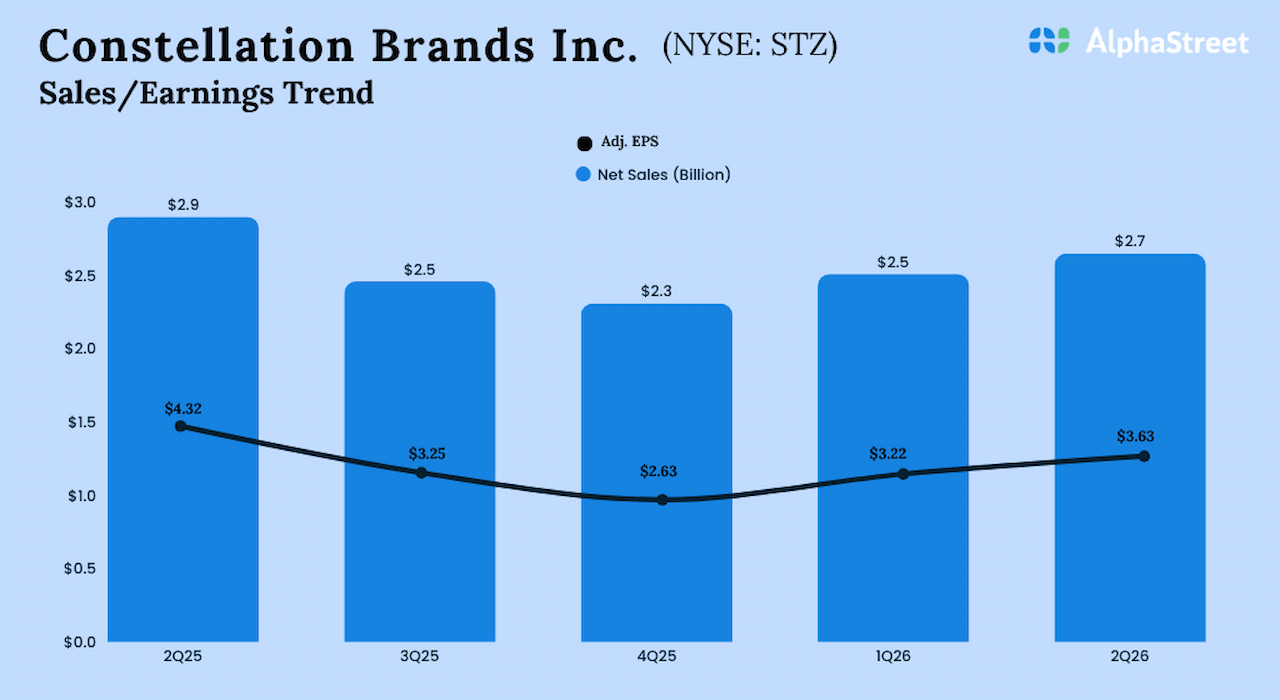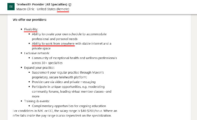I have an absurd number of credit cards. Most I never use, but because average credit account age is an important factor in credit score calculations, I’m very reluctant to cancel any.
Looking through my card pile recently, I was surprised by the number of different credit card issuers represented. Most belonged to one of two major payment networks — Mastercard and Visa, which own most of the U.S. credit card market — but there were nearly a dozen banks in there too, from big names like JPMorgan Chase and Capital One to locals you’ve probably never heard of.
This exercise got me thinking about credit card market dynamics more generally. Which payment processors and issuers have the biggest market share, and what kind of transaction volumes do they process each year? So I dove into the numbers with Money Crashers data analyst Jonathon Watterson.
Here’s what we found.
U.S. Credit Card Market Share by Payment Processor: 2021 Data
First, total U.S. market share for the four payment processors operating in this country.
You can see that Visa has by far the biggest market share, with 61.6% in 2021. That’s more than double its closest rival, Mastercard, with 25.7%.
Then again, with 87.3% of total U.S. credit card market share in 2021, Visa and Mastercard effectively have a duopoly here. That’s when two companies control the vast majority of a particular market.
American Express takes most of the remainder: 10.5% in 2021. Discover is a distant fourth with 2.2%.
Are Amex and Discover Wasting Their Advertising Dollars?
It seems notable that both American Express and Discover seem outmaneuvered by Visa and Mastercard despite advertising heavily in the United States.
Are they wasting their ad dollars?
Not exactly. American Express and Discover are rare examples — the only two in the United States, in fact — of credit card payment processors that also issue their own credit cards. In other words, they’re both payment processors (or payment networks if you prefer) and credit card issuers.
By contrast, Visa and Mastercard are payment processors only. They operate the networks that literally hundreds of credit card issuers (banks and other chartered financial institutions) rely on to execute transactions. In turn, they rely on all those issuers for revenue.
Of the two other payment processors, American Express has its hand in both pies. It operates the network its own cards run on and also provides network services to other issuers, some of which use more than one payment processor. For example, the U.S. Bank FlexPerks Gold American Express Card runs on the Amex network, while the U.S. Bank Cash+ Visa Signature Card runs on the Visa network.
Discover is more of its own thing, a self-contained credit card ecosystem. Relatedly, it’s not accepted by as many merchants as Visa or Mastercard, especially overseas, though its coverage has gotten better recently.
U.S. Payment Processor Market Share Since 2007
Visa has long been the top credit card processor in the United States, and its market share has only grown over time. Its share in 2021 (61.6%) is down only marginally from 2020 (61.8%), which was its high-water mark going back at least to 2007.
Visa gained 8.8% of the U.S. credit card market between 2007 and 2021, or 9% between 2007 and 2020. Those gains came mainly at the expense of American Express, which dropped from a 15.6% share in 2007 to a 10.4% share in 2020 and a 10.5% share in 2021.
Mastercard also lost market share over the period, from 28.2% of the U.S. credit card market in 2007 to 25.7% in 2021. The most dramatic move came between 2007 and 2011, when Mastercard hit a series low of 24.9% market share. It ranged between 24.9% and 26% for the remainder of the period, though the trend has been up since 2017, when it bounced off 25%.
Meanwhile, Discover has gradually lost market share, dropping from 3.5% in 2007 to 2.2% in 2021. Like Mastercard, Discover’s low-water mark came in 2017, when it claimed just 2% of the U.S. credit card market. Notably, American Express claimed 13% of the market in 2017, against 10.5% in 2021, so it has been on a downtrend as its three competitors ascend.
Global Credit Card Market Share: Visa, UnionPay, Mastercard & The Rest
As in the United States, the global credit card market is dominated by a handful of credit card processors.
The biggest is still Visa, but with only 40% of the global market. The next biggest isn’t Mastercard but UnionPay, a China-based payment processor that dominates financial transactions in much of the Eastern Hemisphere. UnionPay has 32% of the global credit card market.
Then comes Mastercard, with 24%. “The rest,” including Amex and Discover, account for just 4% of total global credit card transaction volumes.
U.S. Market Share by Credit Card Issuer
Finally, let’s look at how the top seven major U.S. credit card issuers share the market here. Remember, with the exception of American Express and Discover, these are banks with their own branded credit cards, not payment processing networks.
Some are among the largest banks in both the United States and the world, including JPMorgan Chase, Bank of America, and Citibank. Others are homegrown institutions that more or less limit their activities to the United States, including Discover and Capital One.
We don’t have exact market share percentages for these issuers because the U.S. issuer market is so fragmented. Literally, hundreds of banks issue their own branded credit cards, and while only a couple dozen have any significant market share, we’d need a more comprehensive data set to give you accurate figures. But rest assured that these seven issuers represent a huge chunk of the U.S. credit card market.
With super-popular cash-back and travel credit cards like the Chase Freedom Unlimited Credit Card and the Chase Sapphire Preferred Card, plus more than a dozen co-branded hotel and airline credit cards, it’s no surprise JPMorgan Chase leads the pack.
It’s also not surprising that Amex is a relatively close second, since it has more than 10% of total U.S. credit card market share in 2021. Citibank, Capital One, Bank of America — they’re also all the sorts of big financial institutions you’d expect to find high on credit card market share lists.
Frequently Asked Questions About Credit Card Market Share
This is a lot of data to absorb, so let’s take a step back and answer some common questions about credit card market share one by one.
What Is Visa’s Market Share?
Visa’s total market share is 61.6% in the United States and 40% globally. In other words, Visa processes 61.6% of all credit card transactions in the U.S. and 40% of all credit card transactions globally. It’s the world’s biggest credit card payment processor by transaction volume.
What Is Mastercard’s Market Share?
Mastercard’s total market share is 25.7% in the United States and 24% globally. Mastercard is the United States’ second largest credit card payment processor by transaction volume and the third largest in the world, after UnionPay.
What Is American Express’ Market Share?
American Express has 10.5% of the U.S. credit card market. Because Amex is mainly a U.S. company, its share of the global credit card market is much smaller — well under 4%.
What Is Discover’s Market Share?
Discover’s total market share is 2.2% in the United States. Like Amex, Discover is mainly a U.S. company, so its global market share is much lower. It’s one of “The Rest” companies that isn’t broken out individually in the global chart above.
What Is UnionPay’s Market Share?
UnionPay has 32% of the global credit card market. Because it doesn’t operate in the United States, this share comes entirely from other parts of the world, especially the greater Asia-Pacific region and Africa.
Are Visa and Mastercard Better Than American Express?
Visa, Mastercard, and American Express all have devoted fans. This is especially true for American Express, which has a reputation for offering more generous benefits and better customer service than either Visa or Mastercard.
In truth, all three processors have strengths and weaknesses. Visa and Mastercard do have a slight edge in terms of merchant acceptance due to American Express’ higher processing fees. So Amex users sometimes have to find another way to pay — but this is less and less common as Amex adoption increases.
Final Word
Visa has been the dominant credit card payment processor in the United States for the better part of two decades.
Mastercard has done its best to keep pace, and together, the two companies control more than 85% of the U.S. credit card market. They handle eight or nine in every 10 credit card transactions, leaving Amex and Discover to fight over the rest.
I’m not sure this is a good thing for U.S. consumers or small businesses. The bipartisan group of federal legislators behind the proposed Credit Card Competition Act agrees with me. But their bill, which would encourage more entrants into the U.S. payment processing industry and hopefully lower fees paid by businesses and consumers, faces fierce opposition — and millions in lobbying dollars — from the two big incumbents.
We’ll see what happens; I’m not holding my breath. In the meantime, the credit card payments landscape is what it is.







































